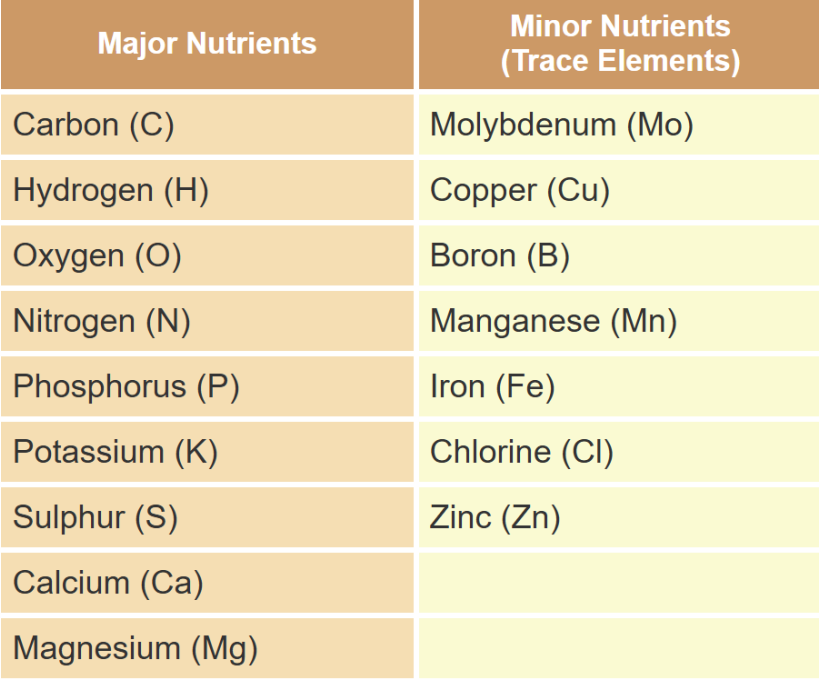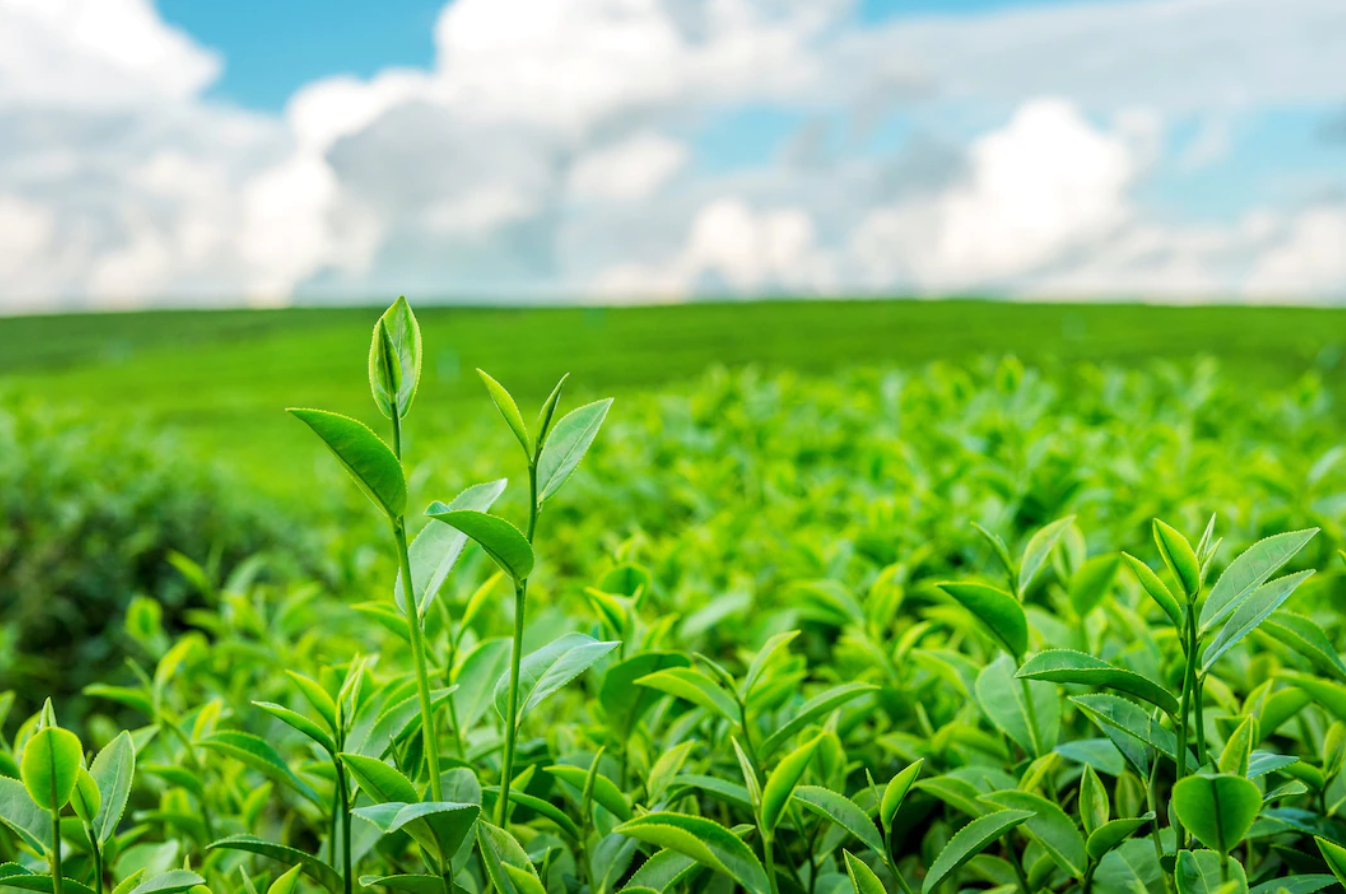
Why is it important to a farmer?
Although only required in small amounts, minor nutrients (micronutrients or trace elements) are essential for plant growth. These nutrients often act as catalysts in chemical reactions. It is possible to have toxicities of trace elements, as well as deficiencies.
Why do we need trace elements?
Sixteen nutrients are known to be essential for plant growth. They can be divided into two categories: Major nutrients (macronutrients) and Minor nutrients (micronutrients), often referred to as trace elements.

Managing the application of trace elements
It usually takes a combination of local knowledge, tissue testing and strip tests to resolve exactly what elements are required. As well as nutrients and organic matter, animal manures contain a wide range of trace minerals that may be useful in correcting deficiencies.
Molybdenum (Mo)
Liming makes Mo held in the soil more available, but application of Mo is generally much cheaper than liming unless the soil pH also needs correction. Typical application rates are 0.05 kg Mo/ha every 5-7 years.
Copper (Cu)
Rates of 1.5 to 2 kg Cu/ha applied as fertilizer every 3 to 6 years are required for deficient soils.
Zinc (Zn)
Deficiencies may be temporarily induced by cold, wet weather and have been noted to disappear with the onset of warmer weather.
Manganese (Mn)
Manganese deficiency can be treated by applying manganese sulphate.
Iron (Fe)
Deficiencies usually occur on high-pH calcareous soils or in soils that have been heavily limed.
Boron (B)
If plant tissue analysis indicates a deficiency, then apply born with a fertilizer application and retest in 2 to 3 years.
Selenium (Se)
Where Se deficiencies in animals is diagnosed, the application of Se onto the pasture may be the most economic ways of getting it into the animal.




